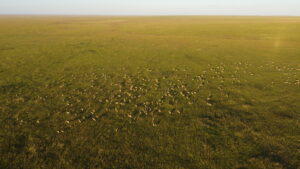BioMongol Foundation: Collaborate and Explore – Mongolia Insect Collecting Expeditions
Join Our Expeditions and Discover Mongolia’s Biodiversity
About BioMongol Foundation:
BioMongol Foundation is dedicated to advancing entomological research in Mongolia. We offer support to insect-collecting expeditions and invite both amateur and professional entomologists to collaborate on research ventures within Mongolia.
Our primary goal is to facilitate research, collect insects, and publish the findings.
How BioMongol Foundation Can Assist:
While BioMongol Foundation is not a travel agency, we offer valuable resources for your expeditions, including:
● An Expanding Network: Connect with fellow entomologists and researchers.
● Local Contacts: Access to trusted drivers and guides familiar with Mongolian terrain.
● Permit Assistance: Help in organising and collecting permits for your research endeavours.
Upcoming expeditions:

Past expeditions:
